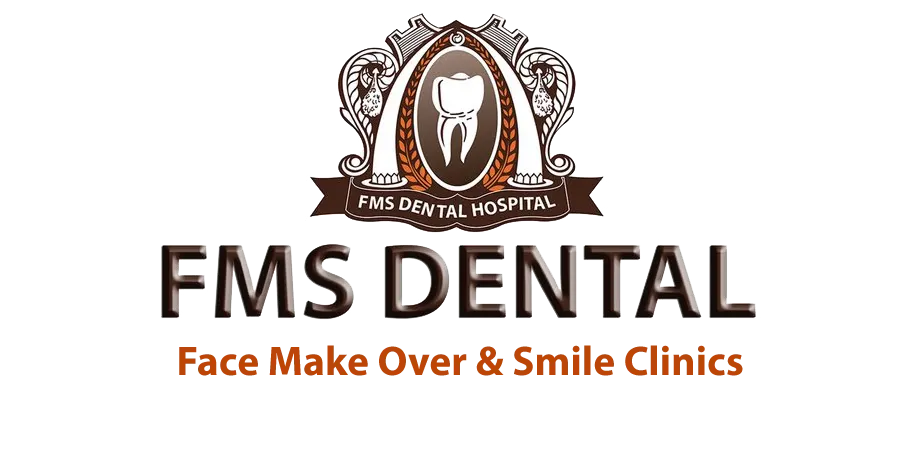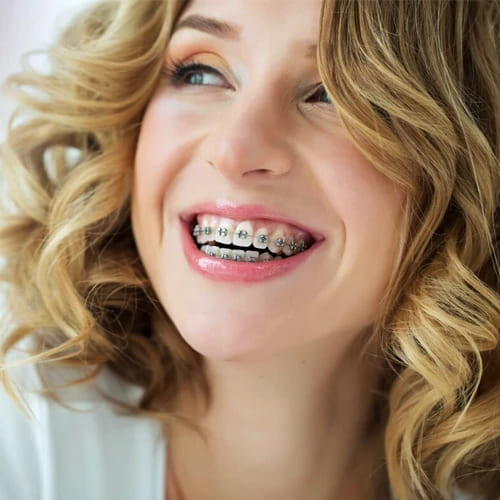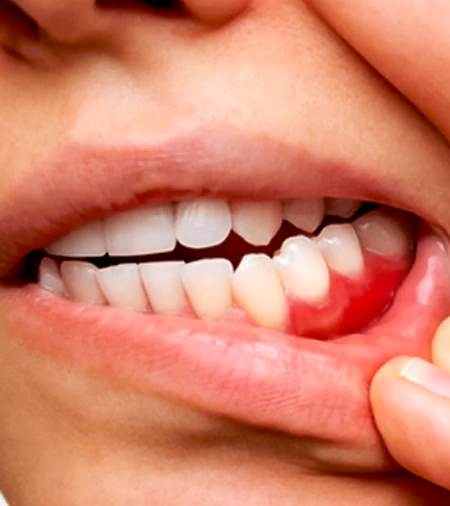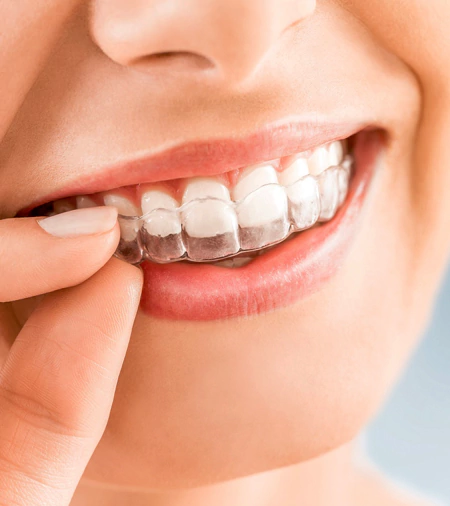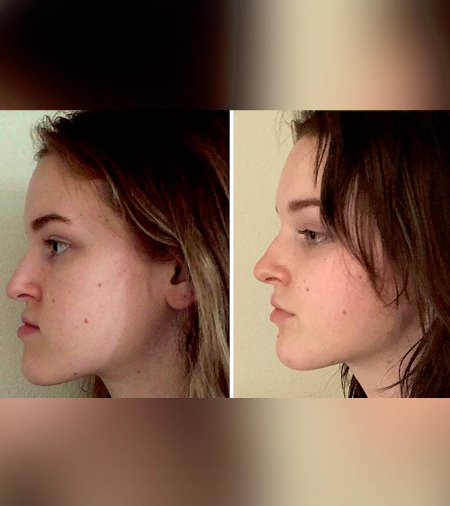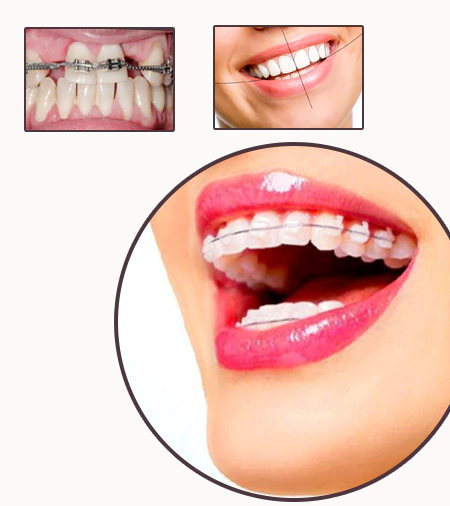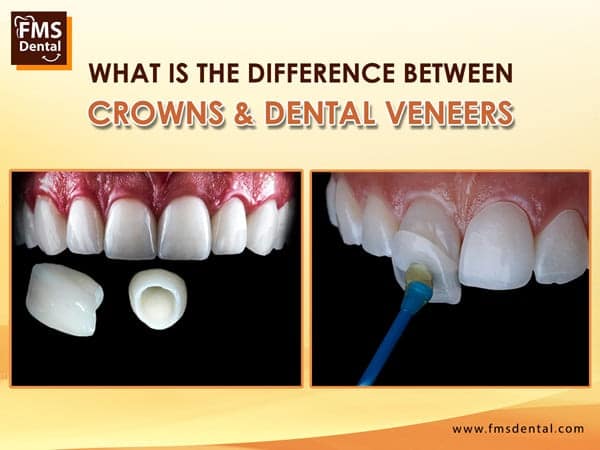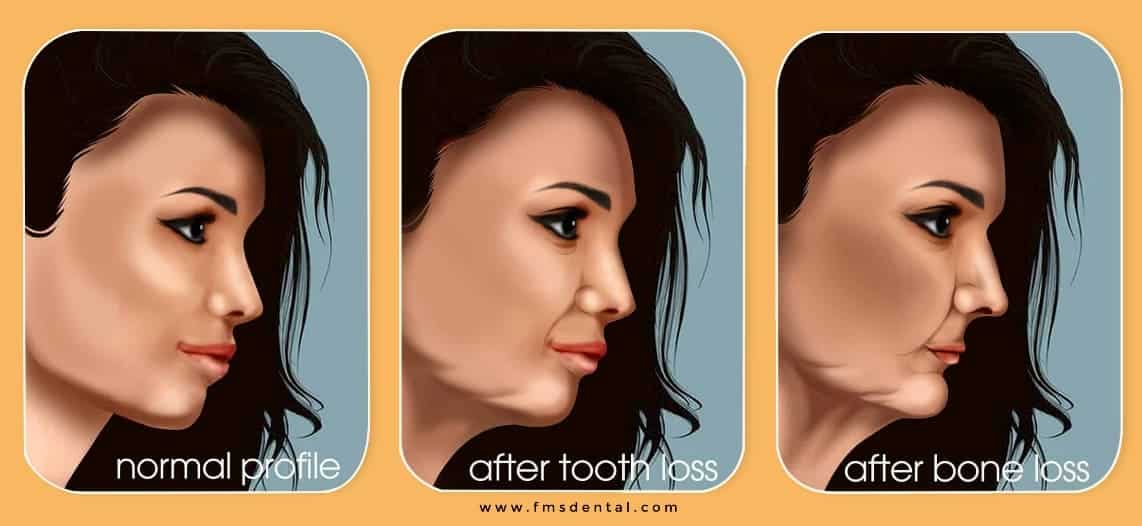FAQs
Surgical orthodontics may be necessary for someone whose upper and lower jaws, which hold the teeth, are out of position. Consequently, the upper and lower teeth don’t fit, impairing the ability to bite, chew or speak. Your orthodontist will work in conjunction with an oral and maxillofacial surgeon to position your jaws and teeth for optimal function.
Unlike children, adults are no longer growing, so the only way to modify the size or shape of an adult’s jaw bones is through surgery.
Sometimes the root cause is genetic – as you were growing, your upper and lower jaws grew out of proportion to each other, and that can keep upper and lower teeth from meeting as they should, making it hard to bite, chew or speak. Other causes can be linked to birth defects or injuries to the jaw or environmental causes.
Orthodontic treatment usually comes before surgical orthodontics. The purpose is to align teeth so that they fit correctly after surgery is performed. Orthodontic treatment continues for a time after surgery to bring teeth into their final, optimal positions for good function.
Surgical orthodontics is generally recommended for adults who have a severe problem with the positions of their teeth and jaws that cannot be corrected by orthodontic treatment alone. Sometimes surgical orthodontics may be needed for those whose jaws are injured in an accident, or to correct a birth defect.
For correction of misaligned jaws and teeth that are the result of a growth problem, surgical orthodontics is performed on patients who have finished growing.
It is highly unlikely that surgery alone can correct both misaligned teeth and misaligned jaws. Orthodontic treatment is necessary to ensure teeth are in the right positions within the jaws
Surgery is performed by an oral and maxillofacial surgeon, who works in conjunction with your orthodontist. The two specialists work as a team to design and execute your plan of care.

